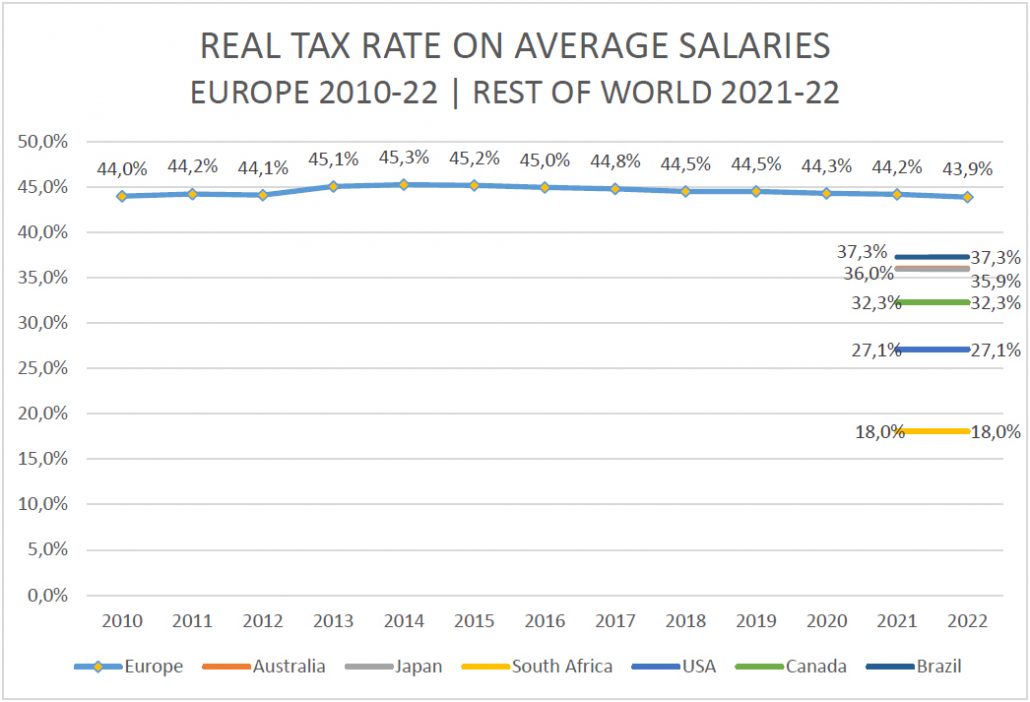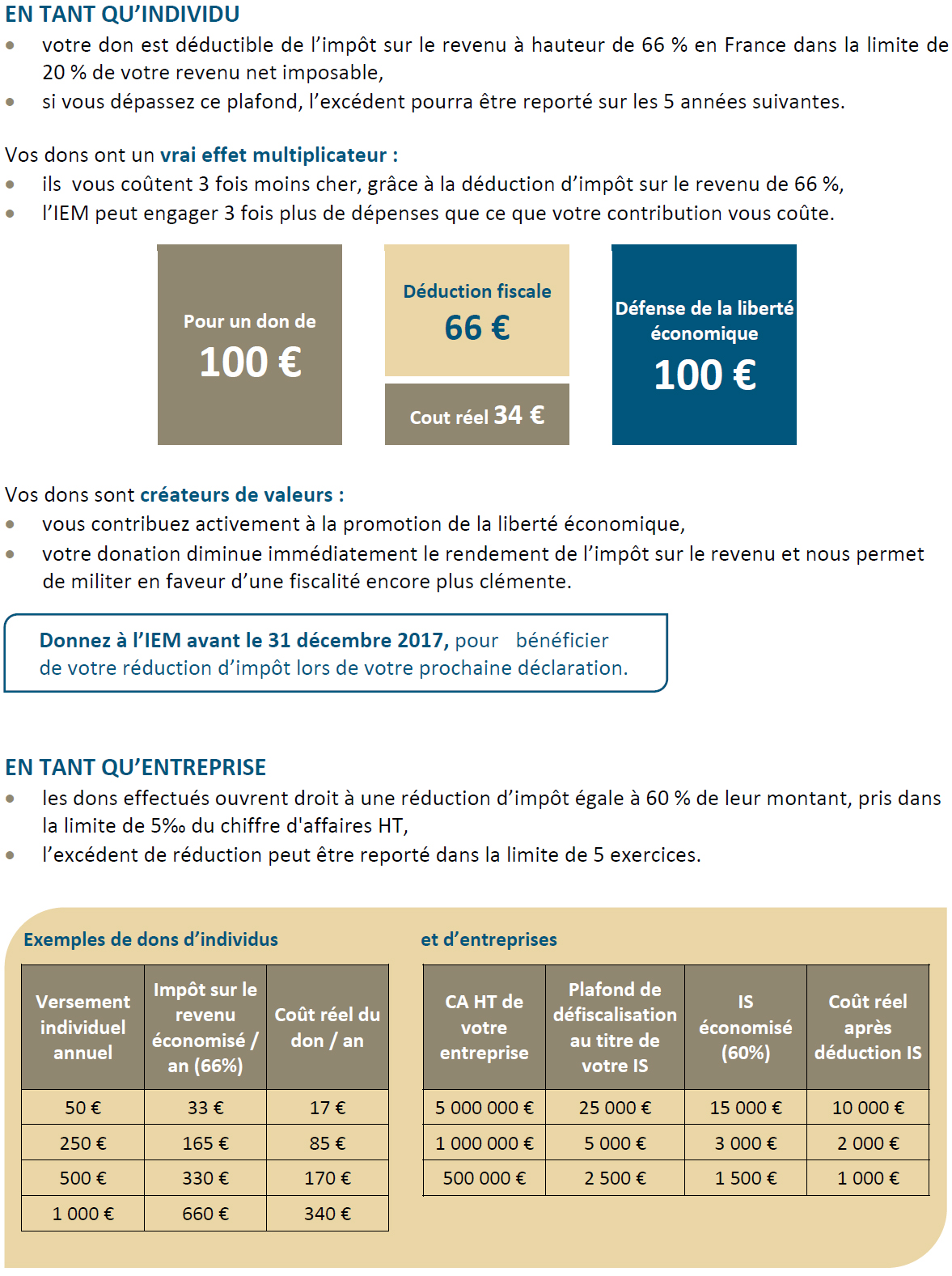The Tax Burden on Global Workers – A Comparative Index – Second Edition, 2022
Using data calculated by EY, the Institut économique Molinari is issuing its 13th annual study on the real social and fiscal pressure faced by the average wage earner in the European Union (EU).
This ranking has the distinct feature of providing figures for the current year on the social and fiscal pressure faced by the average worker, applying a solid, uniform methodology across all 27 EU member countries. It provides a firm understanding of the real impact of taxes and charges and the changes they are undergoing.
- Read the English version (PDF format)
- Read the French version (PDF format)
- Read the English media release
- Read the French media release
Author’s Note
In response to global interest generated by The Tax Burden of Typical Workers in the EU (2010‐2020), last year’s 12th edition (2021) expanded this work to include Australia, Brazil, Canada, Japan, South Africa, and the United States of America – and was retitled as The Tax Burden on Global Workers. As a group, the 34 countries studied represent 58.2% of the global economy(1).
The methodology is unchanged from previous editions.
Abstract
The purpose of this study is to compare the taxes imposed on individual employees earning typical salaries in different countries around the world; and, in doing so, to determine a “tax liberation day” for workers in each of these countries – measuring how many days of each year’s work are devoted to paying taxes.
Background
Numerous studies rank political systems by various measures of “economic freedom”. While valuable for researchers, the aggregate data in these studies fail to shed light on the role of working individuals in financing their state and social security.
Further, many organizations calculate an annual “tax freedom day” for their countries. Unfortunately, inconsistent approaches to this calculation make cross‐border comparisons difficult.
This study aims to create an “apples to apples” comparison of tax rates, with data that reflect the reality experienced by real, working people around the world. Finally, it serves as a reference to the true cost of hiring employees in each member state and to the real purchasing power of those employees.
Main Results
Taxes on European workers’ salaries dip to lowest point in a decade; global coverage continues with six added countries
The continuation of pandemic relief measures and other rate changes brought, on the balance, slightly lower taxes to workers this year in Europe (now defined as the EU countries plus the United Kingdom(2)), where the average “real tax rate” ticked down 0.3% this year to 43.9%. Around the world, 2022’s tax liberation days arrive earlier in 14 countries, later in 14, and on the same day in 6.
The chart below shows the progression in Europe since 2010, plus 2021‐2022 data points for the six new countries added to our research last year:

The prevalence of “hidden” tax contributions increases
This year, €40.68 out of every €100 of payroll taxes collected by governments are paid “on top” of gross salaries as employer contributions to social security – 0,2% higher than last year. In many countries, these taxes do not appear on workers’ payslips.
Notes
1. Measured by GDP, according to World Bank figures (2017).
2. Removing the United Kingdom from the equation, the average rate in the EU is 44.2%, down 0.3% from 2021.





